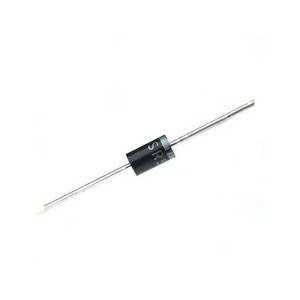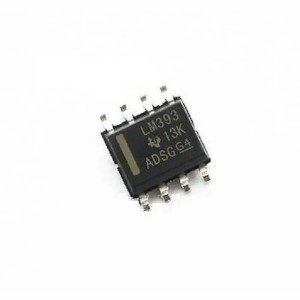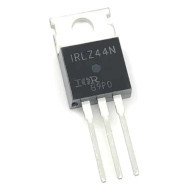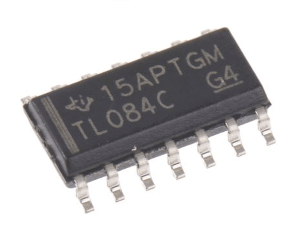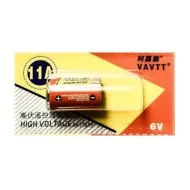

TCS34725 Color Sensor Module
Inhouse product
Reviews & Ratings
The TCS34725 is a popular color sensor module widely used in electronics projects for detecting and measuring the color of objects. It is based on the TCS34725 RGB color sensor chip, which includes a light-to-digital converter that provides accurate color measurements. The sensor module is often used in applications like robotics, home automation, and consumer electronics.
Features:
- RGB and Clear Channel Detection: Measures red, green, blue, and clear (non-filtered) light intensity.
- IR Filter: An integrated infrared-blocking filter ensures accurate color measurements by filtering out IR light.
- High Sensitivity: Operates well in low-light conditions.
- Wide Dynamic Range: Suitable for a variety of lighting conditions.
- I²C Interface: Uses the I²C protocol for communication, making it easy to interface with microcontrollers like Arduino, Raspberry Pi, or ESP32.
- Built-in ADC: Includes a 16-bit analog-to-digital converter for precise data output.
Pinout:
The typical module includes:
- VCC: Power supply (typically 3.3V or 5V).
- GND: Ground.
- SCL: Serial Clock Line for I²C communication.
- SDA: Serial Data Line for I²C communication.
Applications:
- Ambient Light Sensing: Adjusting screen brightness in devices.
- Color Recognition: Detecting the color of objects for sorting or identification tasks.
- Environmental Monitoring: Analyzing light conditions for agricultural or industrial purposes.
- DIY Projects: Hobbyist use for creative applications.
How to Use:
- Connect to Microcontroller: Use I²C to interface the module with your microcontroller. Ensure pull-up resistors on the I²C lines if not already present on the module.
- Initialize the Sensor: Use a compatible library or write code to initialize the sensor and configure parameters like gain and integration time.
- Read Data: Retrieve RGB and clear channel values, and optionally convert them to a more interpretable format like CIE color space.
- Process Data: Implement color matching or other logic in your application.
Libraries and Resources:
- Arduino Library: Adafruit TCS34725 Library
- Datasheet: TCS34725 Datasheet
- Tutorials: Many tutorials are available online, including those from Adafruit and SparkFun.
Frequently Bought Products
Product Queries (0)
Login Or Registerto submit your questions to seller
Other Questions
No none asked to seller yet
